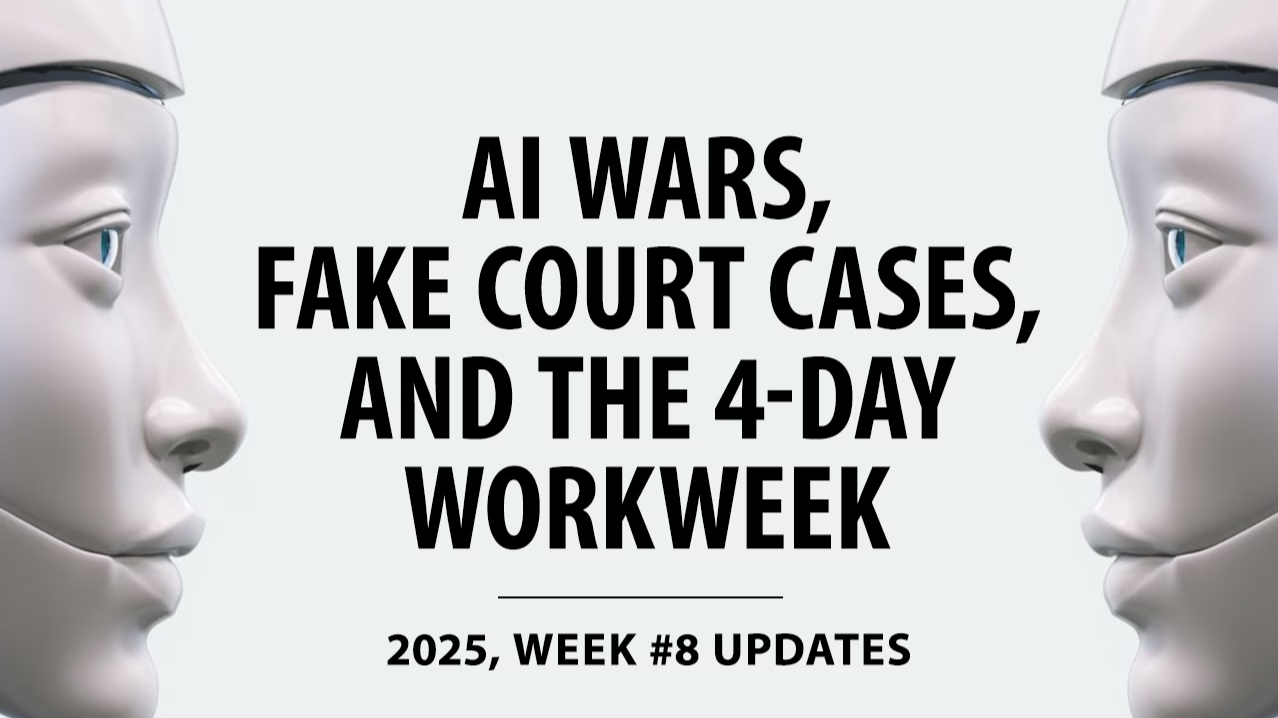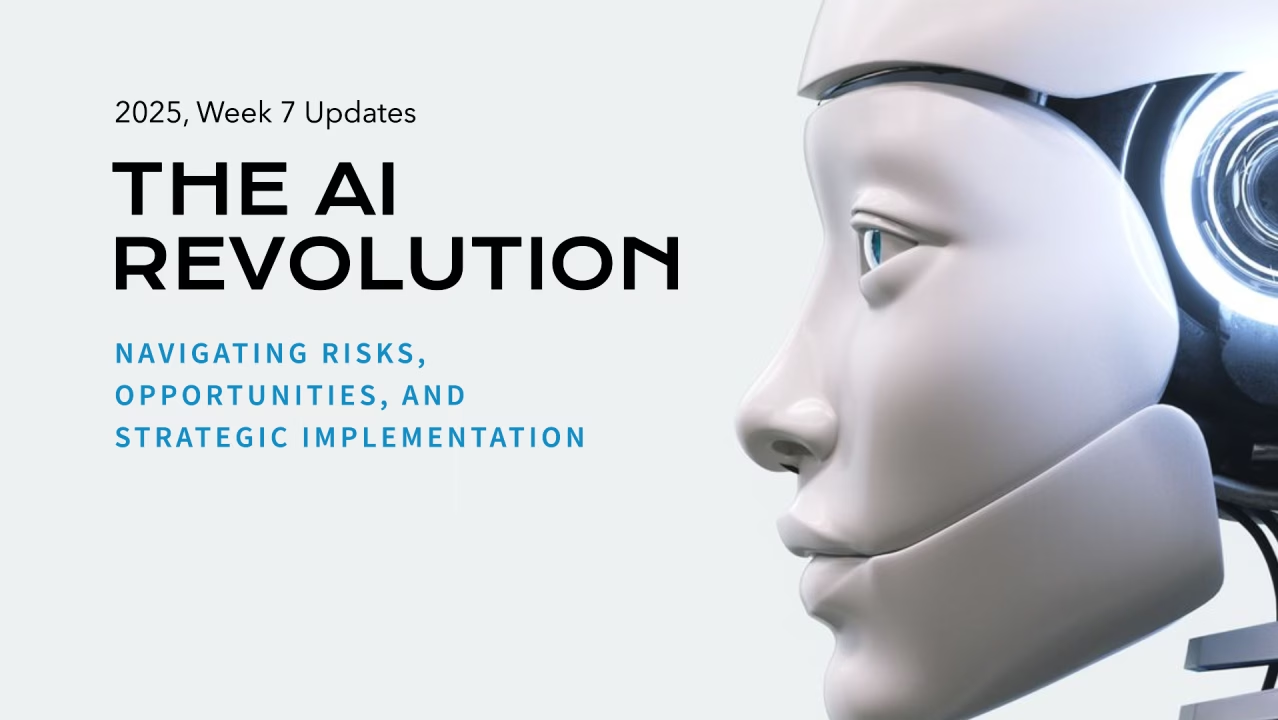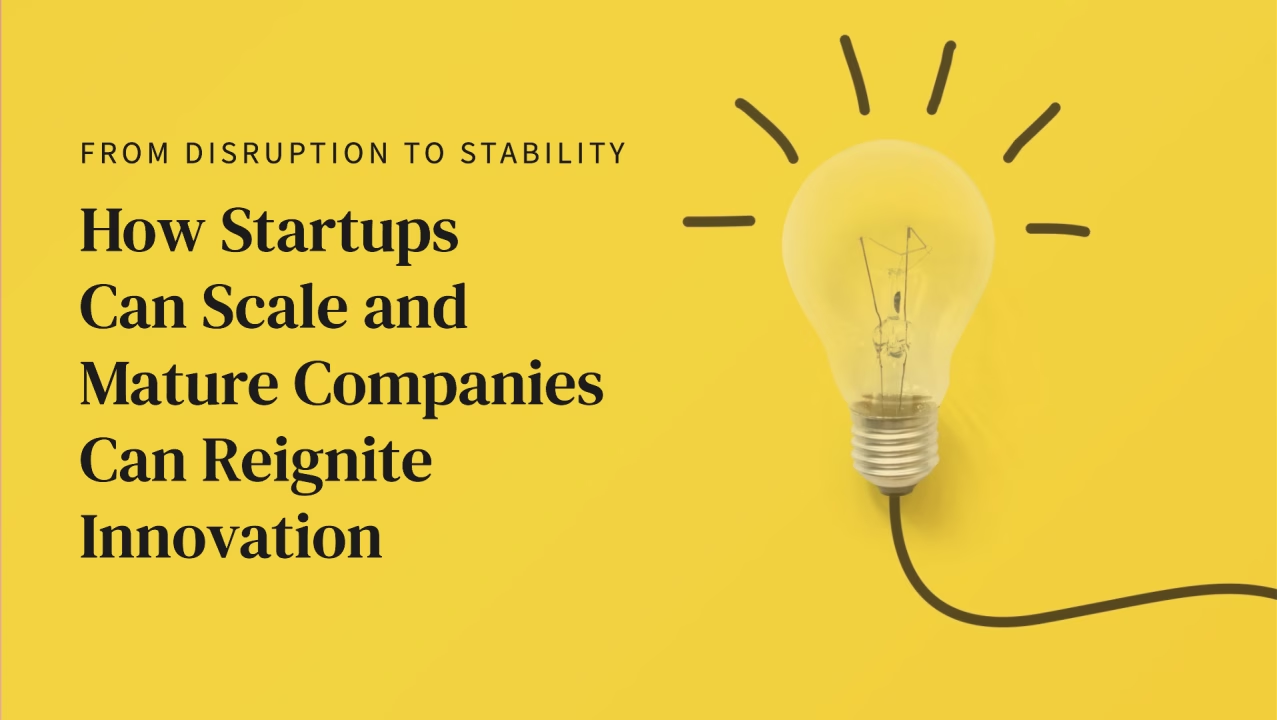Imagine a world where artificial intelligence transforms our daily lives, much like electricity or the internet once did. In February 2025, AI stands at this pivotal point, and it’s crucial for the United States to harness its potential. For a nation built on innovation and liberty, AI isn’t just a new technology. It represents a chance to maintain global leadership. Companies like OpenAI, Google, and NVIDIA are already paving the way. But the competition is fierce, and staying ahead is not guaranteed.
The Stakes of AI Leadership
The challenge of AI isn’t just about technology. It’s about the future of power in the 21st century. The U.S. must seize this moment, not by imitating others, but by fostering freedom and transparency. These are qualities that set America apart, values authoritarian regimes can’t embrace. This article explores how U.S. AI companies can use these advantages to ensure the country doesn’t just compete but dominates in this new frontier.
The U.S. Advantage: Freedom as a Force Multiplier
The U.S. has a unique edge that no authoritarian system can match. It’s a culture where ideas flow freely, questions go unfiltered, and truth isn’t controlled. Companies like OpenAI, Google, and others have the opportunity to turn this into a powerhouse. While some nations use AI for control and surveillance, the U.S. can develop models that encourage liberty and bold answers.
Goldman Sachs predicts that AI will boost productivity in many economies. The U.S. stands to benefit significantly from this, but it requires quick action. The U.S. labor market is facing disruption, especially in sectors like finance and tech. Yet, this also opens doors to new opportunities. The adaptability of the American workforce can transform displaced workers into creators of new industries. This can only happen if AI is used wisely.
Proprietary AI: Boldness and Trust
Proprietary AI companies, valued at billions, have a role in building systems that authoritarian regimes can’t replicate. Their strength lies in creating transparent AI that fosters trust while remaining efficient.
- OpenAI: Known for ChatGPT, OpenAI needs to expand its reach. Creating a free-tier ChatGPT Lite can make their tools accessible to all, enabling discussions in controversial areas without heavy control.
- Google: With its extensive ecosystem, Google should incorporate fearless AI throughout its platforms. This includes integrating AI into Android and YouTube, making it accessible to billions.
- Anthropic: Focused on safe AI, Anthropic can lead in creating interpretable AI models. These models should prioritize transparency, giving clear reasoning for their outputs.
- NVIDIA: Known for chips, NVIDIA should pivot towards creating affordable, AI-optimized chips. Encouraging U.S. partnerships will enhance local production and secure the supply chain.
The shared approach here is clear. Focus on efficiency and embrace free speech within AI. Transparency in AI operations is crucial to building trust globally.
Open-Source AI: Empowerment and Rebellion
Open-source AI firms thrive on community and empowerment. They can’t compete by outspending giants but can outmaneuver them through accessibility and defiance of censorship.
- Meta AI: Utilizes platforms like WhatsApp to distribute tools widely. Focus on creators, offering AI that runs on personal devices, and partnering with NGOs can extend their reach.
- Hugging Face: Expands its model hub with unfiltered options, launching initiatives like “Freedom AI” to support journalists and educators.
The shared playbook emphasizes making AI accessible to everyone and promoting uncensored outputs. Support from U.S. policy in the form of tax breaks and research funding can amplify these efforts without losing their core values.
Conclusion: Embracing an AI Future
The future of AI represents a new frontier for the U.S., one that blends innovation with core democratic values. By focusing on freedom, transparency, and innovation, American companies can ensure the U.S. remains at the forefront of this transformative age. It’s not just about staying competitive. It is about leading a future that empowers individuals and fosters a free society.
The race for AI supremacy is on, and the stakes have never been higher. Embracing the principles that define America can lead to lasting success in this rapidly evolving world. The journey has just begun, and it’s a path filled with both challenges and incredible opportunities.





